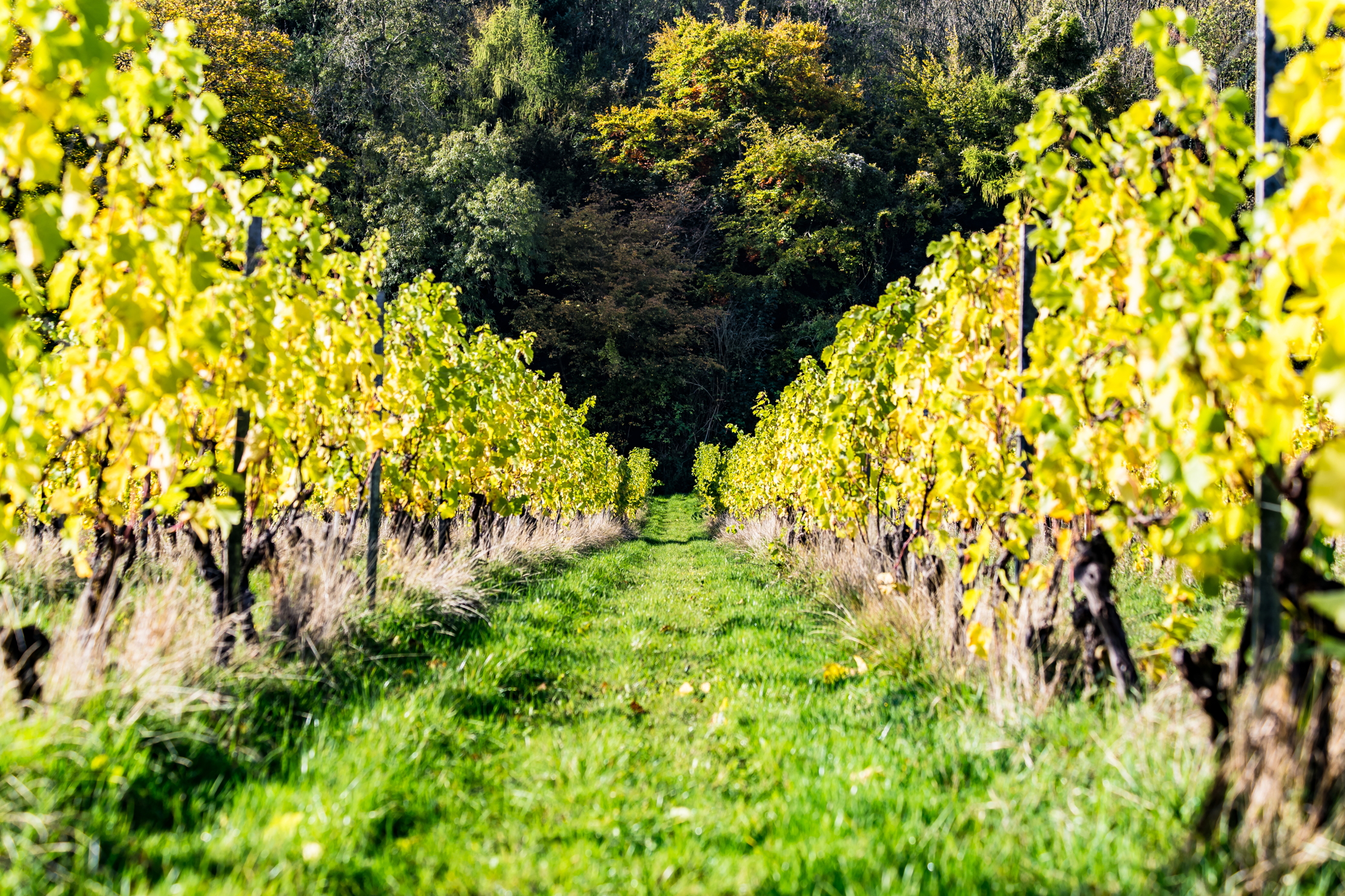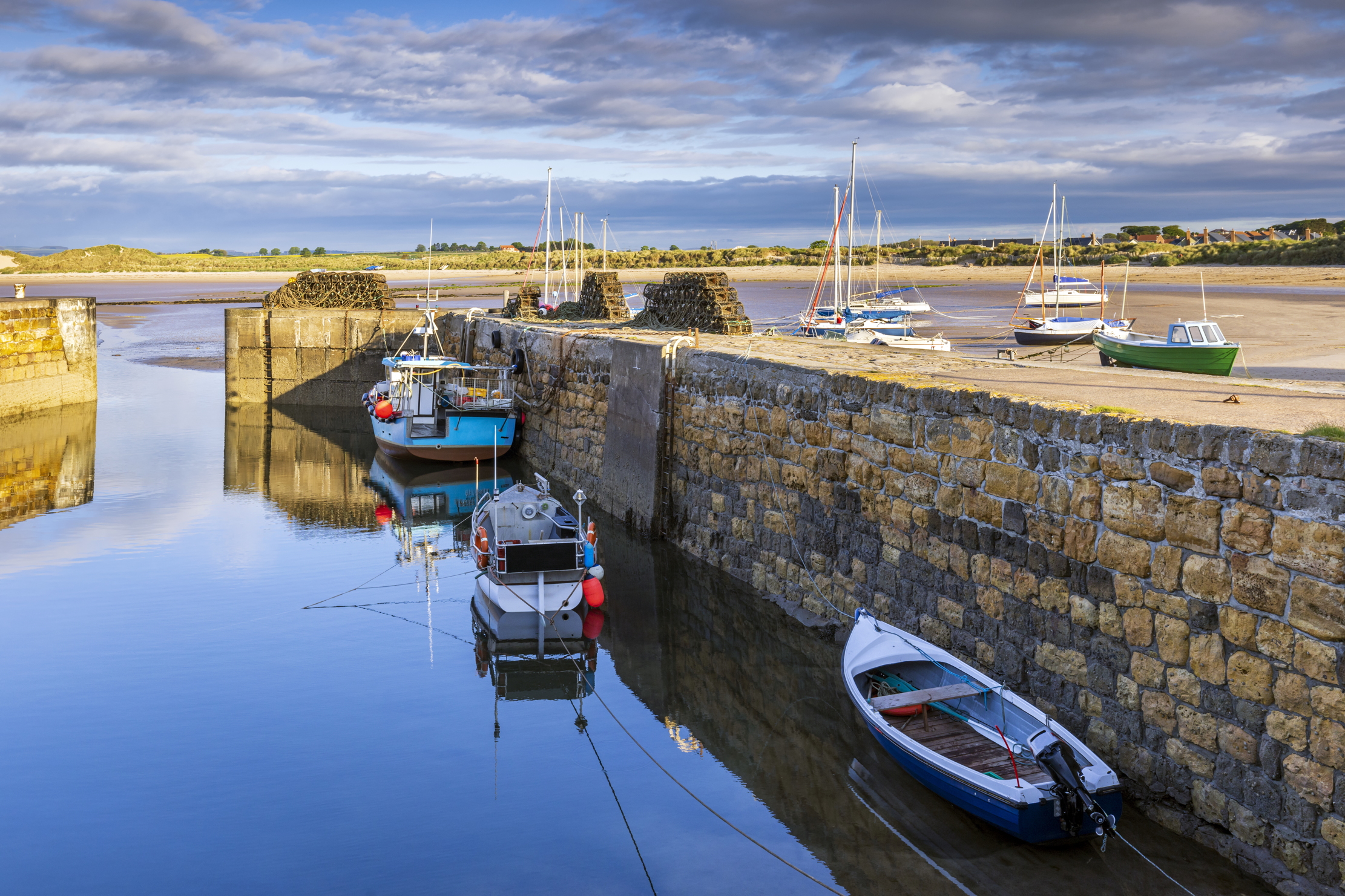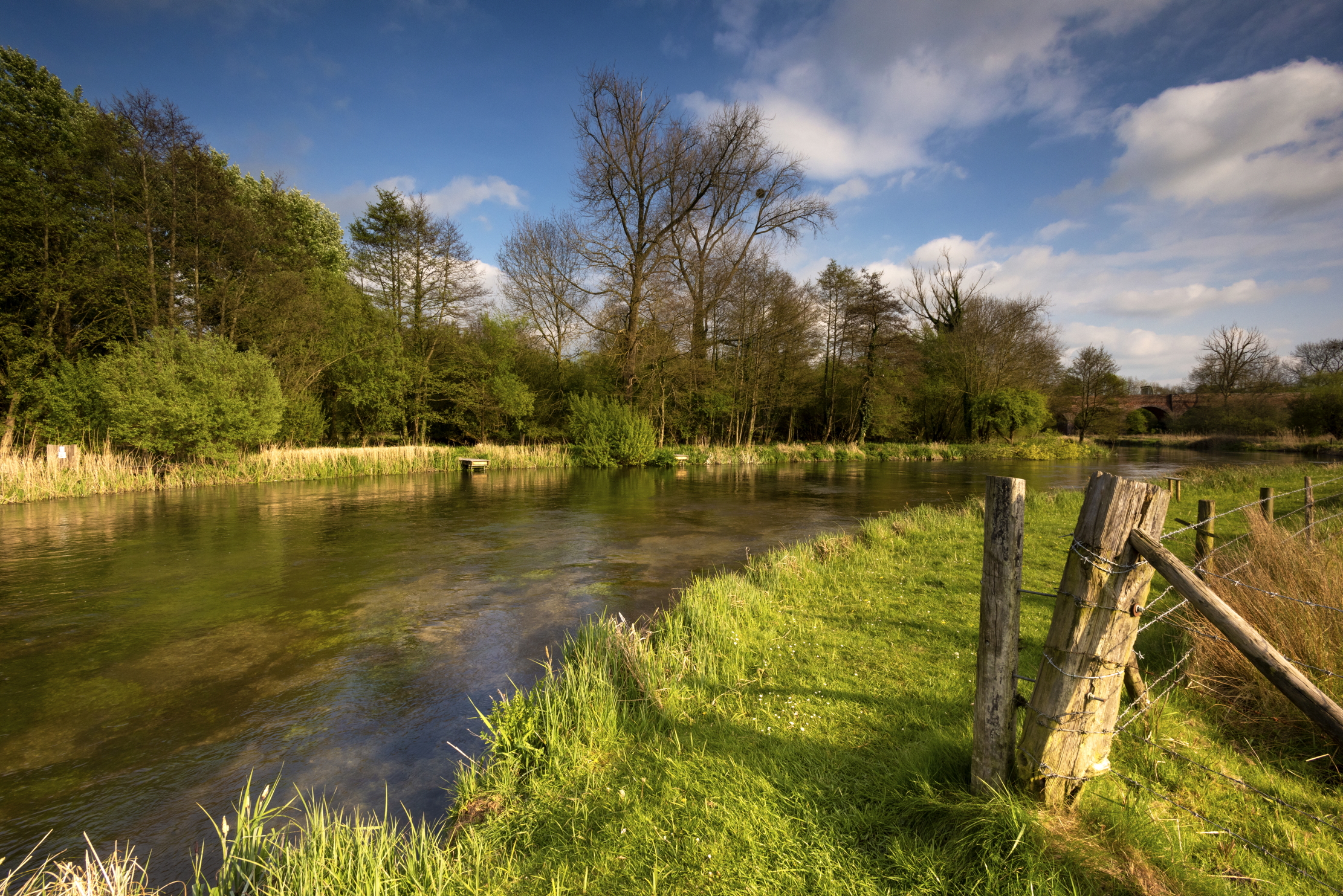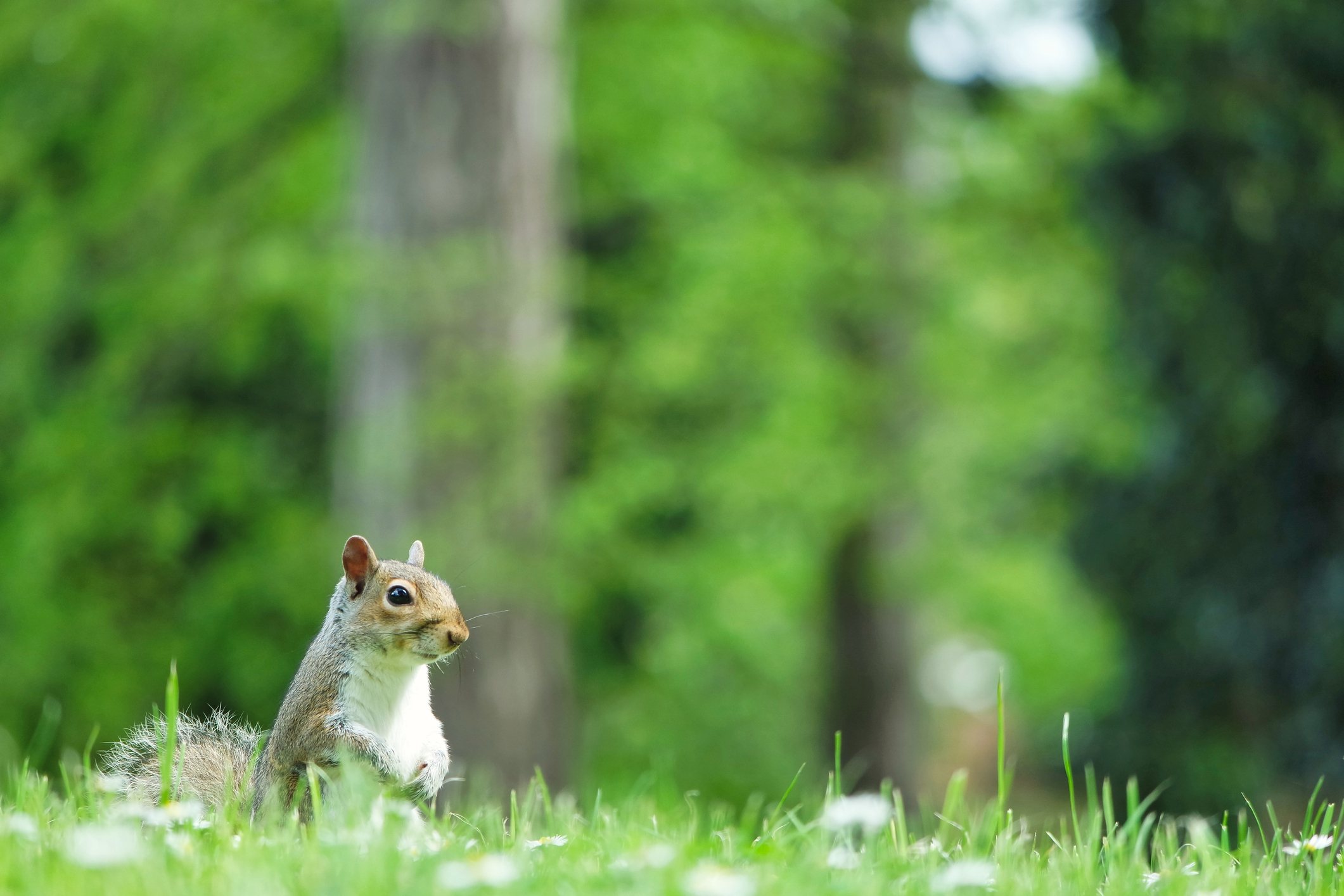Patrick Galbraith: 'What struck me is that English vineyards represent a rare example of farmland being re-peopled'
Going grape picking gives a glimpse of what the rural past would have looked like.


A small stretch of the Rochdale Canal, which runs through Castleton in Greater Manchester, has, says my poet friend Emily Oldfield, a great sense of ‘presence and absence’. She explains that, when you’re there, you look at the towpath, the bridges, the rotting sluice gates and can imagine the noise and people, the horses and the coal barges — an industrial world that is long gone in Lancashire.
I was reminded of ‘presence and absence’ when talking to Leonard Baker, a historian at the University of Bristol. Dr Baker specialises in understanding how ‘agricultural improvement’ was perceived in Victorian England and he told me about hedges and what they ‘mean’, culturally. He explained that once, when you looked out across Somerset (his native county), there would be people in almost every little field and glade. It would have been a place of great presence. Yet, when fields were enclosed, the land was said to have become ‘cold’, a place of absence, because so much of the life that had given it warmth was gone.
That process of land being ‘de-peopled’ has continued at pace. A farmer in Norfolk, where he is a tenant on some 700 acres, told me that in the 1850s there were more than 100 people working his land and who knows how many horses. It now supports him and his two sons. The names on an old vellum map of Lincolnshire I saw recently — ‘Sawers Field’, ‘Willens’, ‘Pepper’s half acre’ — are now faded memories in a vast expanse, often farmed by contractors.
I was recently roped into picking grapes on the Walsingham estate in north Norfolk, where there is a fledgling vineyard. The owner, Clovis Meath Baker, explained, as he handed out buckets, that, five years ago, he decided to put 10 acres of arable on a south-facing slope into vines. There are Pinot Noir, Solaris and Bacchus grapes (quite a number of which I ate).
What struck me is that English vineyards represent a rare example of farmland being ‘re-peopled’. The vineyard employs the equivalent of one full-time person, but, during harvest, lots of people turn out. There was a local vet, a former post-woman, a retired school secretary and a blackcurrant farmer. A journalist who writes on Ukraine brought his dog along to chase out the pheasants that love to eat the ripe grapes. It seems that Roald Dahl’s Danny the Champion of the World was right on that.
Unlike last year, when Walsingham produced 24,000 bottles of wine, the 2024 harvest has been fairly modest, due to poor spring weather. We were done by lunch time, at which point we settled down to a few glasses of the Solaris — a variety that is often blended, but is crisp when made into wine alone. Grape picking is not, Clovis said, particularly thrilling work, but pickers appear to love it. They go home with some wine and it seems to give them a connection to the land, as well as to those with whom they’ve been working.
As we drank on, a group of Tamil Pilgrims wandered past on the old railway line that runs above the vineyard, in the direction of the Anglican shrine of Our Lady in the village of Little Walsingham. They stopped momentarily on the bridge to look down on us lying in the autumn sun. As I looked back at them, I thought that, once, there would have been a train and that it would have been a scene readers of an old vellum map might recognise: a countryside full of warmth and life. Quite what they would make of the wine, who knows, but if they wanted a recommendation, it would be for the Bacchus Reserve.
Exquisite houses, the beauty of Nature, and how to get the most from your life, straight to your inbox.
Patrick Galbraith is a journalist, editor and author who lives in London and Norfolk.

Patrick Galbraith: 'For a couple of hours, I was part of a rich culture that will soon be lost'
Our columnist travels to Northumberland to 'long net' for sea trout, and laments the slow decline of a heritage craft.

Credit: Michael Roberts via Getty Images
Patrick Galbraith: 'The Itchen is a place of such pastoral beauty that it’s almost too much to take in'
Patrick realises that often, it's the journey, and not the destination, that is most important.

Credit: Getty Images/500px
Patrick Galbraith: We are a brilliant and terrible species who messed it up a long time ago — and that means we have to do things we don't want to
Our columnist laments the painful decisions on culling wild animals which he argues have to be taken if we're to

Credit: Getty
Patrick Galbraith: "'You sound clever, but you’re really stupit,' he told me. Buoyed by his charm, I stepped outside"
A happy Patrick Galbraith celebrates his engagement by tempting fate in inspiringly cavalier fashion.
Patrick Galbraith is an author, journalist, former editor of Shooting Times, and a regular contributor to Country Life.
